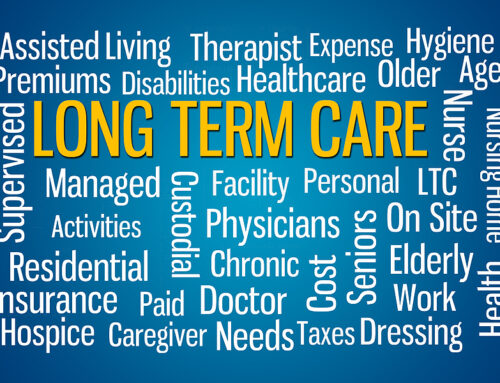One of your largest retirement expenses could be your healthcare costs. An average 65-year-old couple retiring today will need an estimated $300,000 to cover their healthcare costs, according to a recent study.[1] Although good health is priceless, it could cost you in retirement. First, know what you can do during the Medicare Fall Open Enrollment period.
You Can Switch From Original Medicare to Medicare Advantage
Original Medicare consists of Part A, which covers hospital stays, skilled nursing facility care, and some nursing home care[2], and Part B, which covers most doctor services, outpatient therapy, and Durable Medical Equipment.[3] Many retirees also have supplemental Medicare Advantage insurance to cover services not covered by Parts A and B, such as long-term care, dental, vision, dentures, hearing aids, and foot care. During open enrollment period, you can switch from just receiving Parts A and B to also purchasing a Medicare Advantage plan.
You Can Switch Your Medicare Advantage Plan
You can review other Medicare Advantage Plans until December 7th and decide whether or not you will keep your current one. There may be reasons you want to switch Medicare Advantage plans. For example, if you’ve moved to another state or developed a medical condition and need to see new specialists, you may want to change to a different plan.
You Can Change Your Part D Prescription Drug Plan
If your prescription drug needs have changed in the last year, a different Part D prescription drug plan might work better for you. The same drug cost can vary widely between plans, and plans can change the list of drugs they cover each year. During Open Enrollment season, you have the option to compare different plans, see what pharmacies are in-network, and consider if your needs have changed.
Consider Long-Term Care Costs
One healthcare cost that is easy but possibly detrimental to overlook is long-term care. According to government estimates, someone turning 65 today has an almost 70% chance of needing long-term care later in life.[4] When you consider that the median annual cost of an assisted living facility is $51,600 and the median annual cost for a private room in a nursing home is over $105,850,[5] covering long-term care costs is a major feat. Medicare and Medicaid typically don’t cover costs, and paying with funds from a traditional 401(k) or IRA can trigger a larger tax burden.
Retirement decisions can be daunting. That’s why it’s important to have a trusted financial advisor to help you navigate retirement and the complexities that surround healthcare. We could see rising healthcare costs as a potential hidden cost of inflation in the future. At Zinnia Wealth Management, we’ll work with you to create a comprehensive retirement plan that includes a healthcare and long-term care cost strategy – Click HERE to sign up for a time to meet with us and discuss.
[2] https://www.medicare.gov/what-medicare-covers/what-part-a-covers
[3] https://www.medicare.gov/your-medicare-costs/part-b-costs
[4] https://acl.gov/ltc/basic-needs/how-much-care-will-you-need
[5] https://www.morningstar.com/articles/1013929/100-must-know-statistics-about-long-term-care-pandemic-edition







